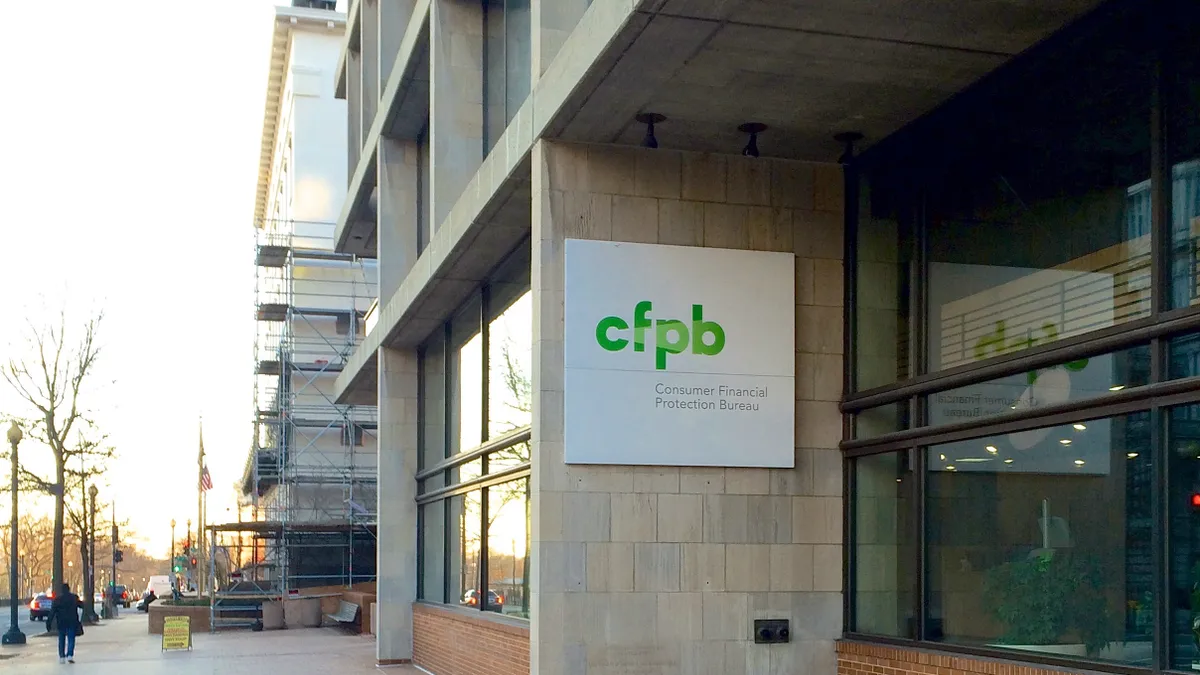Given the rise in union activity, buyers mulling M&A transactions have become more cautious about striking deals with companies facing employee organizing, labor experts say.
Recent shifts in labor law have made buyers more vulnerable to joint employer claims, bargaining obligations and unfair labor practice charges, prompting many buyers to adjust their due diligence processes so that they more heavily weigh the risks of acquiring a company with a unionized or organizing workforce.
In some cases, concerns about organizing at a target company can even kill a transaction, said Chris Foster, a partner at McDermott Will & Emery.
“All transactions live and die on the economics, and there's been a spike in perceived cost and uncertainty and operational restraints in deals involving both unionized companies, or non-unionized companies that may face a union-related risk,” Foster said.
Due diligence
Buyers already look at union issues in their due diligence reviews when the target company has a unionized workforce.
They typically look at the terms of the collective bargaining agreement, whether taking over a company would require them to become successors to the CBA and whether the relationship between the target company and its unionized workforce has been contentious.
In cases where the target company is bound to a multi-employer pension plan — a fund to which a group of employers contribute at a rate determined through collective bargaining with a union — a buyer will also look at the penalties the target company could incur for leaving the plan.
But buyers’ concerns have expanded, Foster said, driven in part by news of contentious collective bargaining negotiations or resulting contracts that seem unfavorable to employers.
“In the past, you might have been able to look at a mature union company’s collective bargaining relationship and see that it's been pretty steady,” Foster said. “But now, when you look at the UAW [United Auto Workers] collective bargaining agreements, or the AMPTP [Alliance of Motion Picture and Television Producers] … you're seeing much higher increases in overall compensation costs under those collective bargaining agreements and restraints on operations.”
Marjorie Soto Garcia, who also represents employers as a partner at McDermott, said contentious contract talks also bring the possibility of litigating unfair labor practice charges — another cost companies have to “incorporate into their overall cost analysis and calculus.”
Organizing activity
Matthew Fontana, who represents employers as a partner at Faegre Drinker, said in his practice he hasn’t seen buyers express substantially different concerns when it comes to deals with unionized companies. The bigger change, he said, has been a growing interest in potential organizing activity at non-union facilities, with questions about whether there’s been a union representation election or organizing drive coming up during the due diligence process.
“It's an assessment of … if this workforce became organized, would that impact what they see as the value of the business?” Fontana said.
Critical changes in labor law last year have raised the stakes of striking a deal with a company that’s seeing nascent union activity, Fontana said.
Chief among these changes is the National Labor Relations Board’s August decision in a case involving Cemex Construction Materials Pacific, which made employers more vulnerable to orders to bargain with a union. Under the new Cemex standard, when a union asks an employer for recognition on the basis that the majority of employees support it, the employer has two weeks to either start bargaining with the union or file a petition with the NLRB to ask for a union representation election.
If the employer doesn’t respond and no petition is filed, the NLRB will order the employer to bargain with the union. If the employer requests an election but goes on to violate labor law, the NLRB will no longer re-run the election, but will order the employer to recognize and start bargaining with the union instead.
Cemex is “arguably one of the biggest changes to labor law in the last 50 years,” and has made it critical for buyers to suss out whether a selling company has faced any demands for recognition from a union — and could therefore pass on bargaining obligations to the buyer, Fontana said.
An October rule by the NLRB expanding the definition of a “joint employer,” which makes it more likely that two or more companies will be held jointly liable for employee issues, also complicates potential deals.
Once the rule goes into effect on Feb. 26, a buyer, other companies in its portfolio, or even private equity firms backing a deal are more likely to face credible claims that they share responsibilities for employee issues a selling company is facing as a result of organizing activity, said Soto Garcia. “That's one of the biggest concerns that we've had clients express,” she said.
Underwriting concerns
Foster insists concerns about union activity are all navigable. Reducing a purchase price, depositing funds into escrow so they’re available for contingencies, and making sure severance agreements are executed before a deal closes can help put acquiring companies on solid footing in the event unforeseeable issues or disputes come up as a result of employee organizing.
As the transaction proceeds, regularly communicating with any involved union “so that there's not uncertainty about what the union is going to do” is also key, Foster said, adding “it’s the uncertainty that often drives the cost and the risk.”
Depending on the type of deal, parties may also have room to mitigate risk through the structure of the agreement, said Soto Garcia. She noted, for example, that in a stock sale, “the buyer is really stepping into the shoes of the seller for purposes of labor law and the different obligations that come with that,” whereas this is not necessarily the case with an asset sale.
“There's flexibility in the terms and provisions that the parties can ultimately agree to,” she said.


















